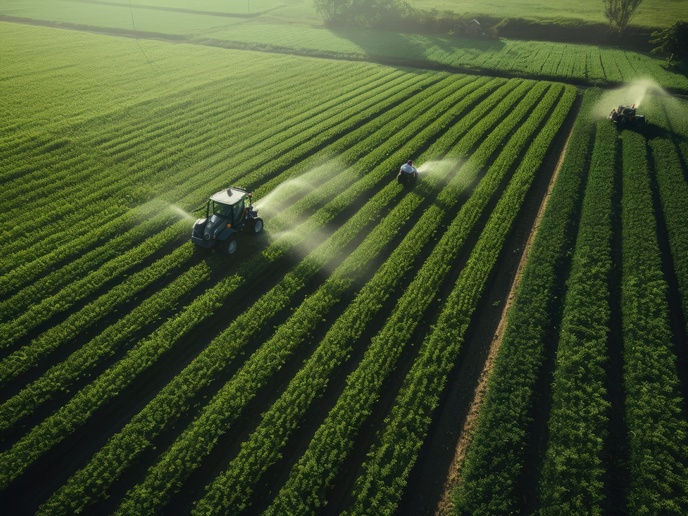Satellite monitoring tools key to sustainable agriculture
Copernicus-based information services are part of the EU’s Earth Observation (EO) programme. They offer a wealth of satellite data and information about our planet and its environment, which is freely accessible to users. Developers can also use this data to create useful tools and services. “Copernicus-based information can be harnessed to monitor weather patterns, soil health, crop growth and other factors that influence agricultural productivity,” explains COALA project coordinator Carlo De Michele from Ariespace in Italy. “This data can help farmers make informed decisions about when to plant, irrigate and harvest crops, leading to more efficient and sustainable farming practices.”
Integrating EO technologies into agriculture
The aim of the EU-funded COALA project was to find ways of better integrating EO technologies into agriculture. To achieve this, the project focused on Australia. “Australia is the ideal place for this,” says De Michele. “There is high take-up of new technologies by Australian growers, and agricultural plots tend to be very large.” In addition, Australian agriculture faces severe challenges in terms of adapting to climate change, and meeting rise demand for food. This is creating business opportunities for European EO developers, such as Ariespace. “Our primary goal here was to create and implement intelligent irrigation monitoring and fertilisation management services, tailored to the Australian agricultural landscape,” adds De Michele. “Our focus was very much on delivering new, innovative services and data that could seamlessly integrate with well-established software tools.” For this, a number of pilot cases were carried out. These included providing monitoring services to drylands, where grains, rape seed and other crops such as lentils and faba beans are grown. The project also covered irrigated farms, where maize, cotton, rice and vegetables are cultivated.
Delivering accurate, timely crop information
COALA, which brought together 11 organisations from Europe and Australia, achieved a number of positive results. These included the development of a groundbreaking, physics-based model to monitor crop water use, based on Sentinel-2 satellite data. The project also successfully trialled monitoring services to assess crop nutritional status and yield. In addition, cloud computing infrastructure was built to facilitate this real-time computation of advanced EO data, and to translate this information into services tailored for Australian users. “This is about providing farmers with accurate, timely information about their crops’ water and nutrient needs,” adds De Michele. “This will enable farmers to manage their resources more effectively, leading to increased productivity and sustainability.” De Michele notes that while the primary focus of the project was agriculture, the EO-based services developed could also be used for forestry, drought monitoring and water resources in general.
Commercial viability of Copernicus-based services
The COALA project’s success has helped to underline the commercial viability of Copernicus-based information services. Demonstrating how these services can be used to address real-world challenges will help to stimulate further interest in European EO business opportunities in new markets such as Australia. “Moving forward, we plan to continue refining our technologies based on user feedback and evolving needs,” says De Michele. “We’re also exploring partnerships with Australian companies and industry stakeholders, to bring our innovations to a wider market. Our ultimate goal is to make smart agriculture the norm rather than the exception, contributing to a more sustainable future for all.”
Keywords
COALA, satellite, agriculture, Copernicus, Sentinel, monitoring, crops, Australia

